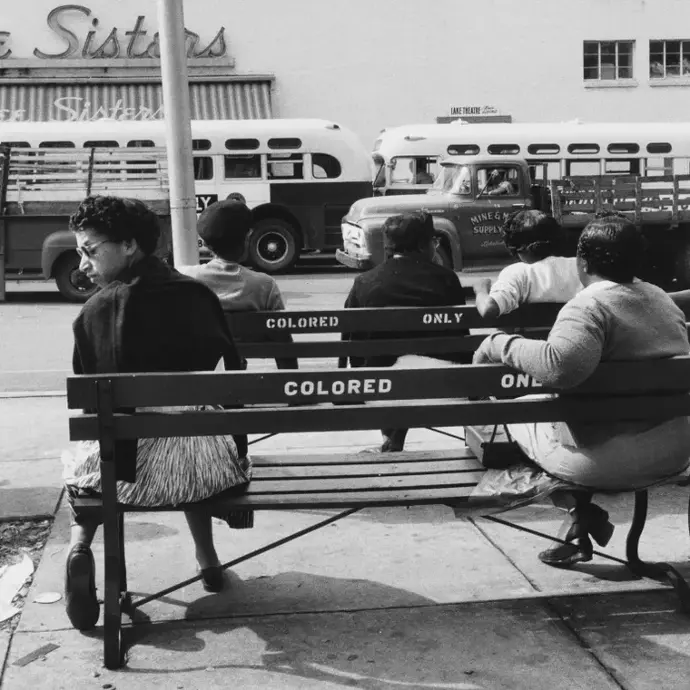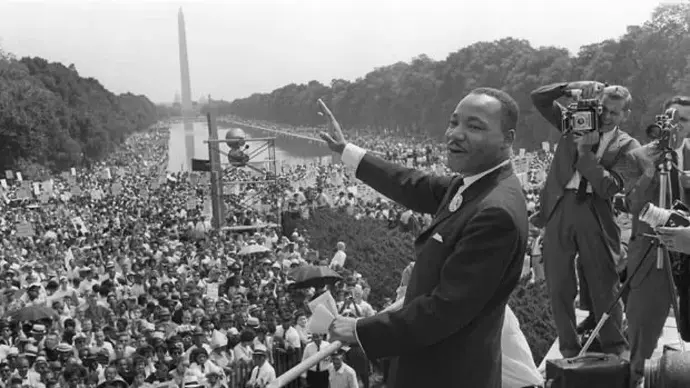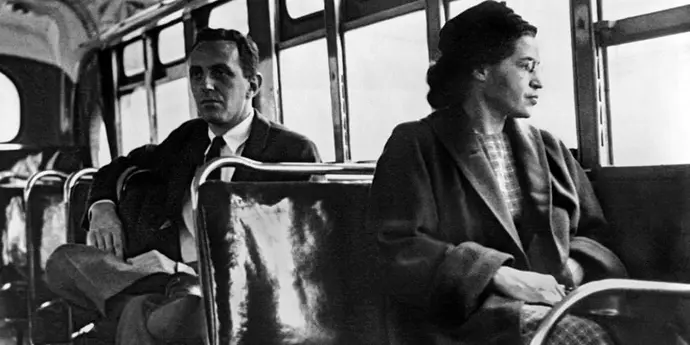RACIAL SEGREGATION
The policy that seeks to separate, separate and exclude certain social groups is known as segregationism. It is common for segregation to be exercised against minorities (whether religious, sexual, etc.), although it can also be a regime imposed by a dominant minority against the majority. That was the case of South African apartheid, where the white minority established the conditions of segregation against the black majority.
The aforementioned apartheid is a clear example of what is known as racial segregation. This has not only occurred throughout history in underdeveloped continents such as Africa but also in other so-called "first world" continents. Thus, in the United States, even in the 20th century, black people were discriminated against and could not access certain services or places that white people went to.
In this way, there even came to be neighborhoods, bars, cinemas or toilets for people of one race or another. Something that entities such as the well-known Klu Klux Klan, which is a far-right organization that promotes the supremacy of the white race and advocates discrimination, supported with great passion. Segregation can be reflected in access to resources (work, health care, education, housing), which intensifies differences between groups that are segregated.
PRIVATE NEIGHBORHOODS AND GHETTOES
An example of segregation occurs with private neighborhoods. This type of segregation is not characterized by discrimination or violence, although it is still an element that separates and separates different social groups. People who buy properties in these neighborhoods access the right to live there, circulate through its streets and enjoy its services. Those who do not reside in the private neighborhood, on the other hand, are prohibited from entering.
Another example of segregation takes place in ghettos. These areas usually arise spontaneously from the meeting of people of the same race or religion. In the United States there are neighborhoods with black residents, neighborhoods with Latinos and others. There is no segregation provided by law, but rather the separation arises in fact.
GHETTO
The etymology of the term ghetto is directly associated with a historical fact. In 1516, the Jewish population living in the Republic of Venice was confined to the Ghetto, a neighborhood in Cannaregio. The concept later became a common noun of the Italian language (ghetto) and came to our language as ghetto.
SEPARATE AREA
The first meaning of ghetto that the Royal Spanish Academy (RAE) mentions in its dictionary, therefore, refers to a Jewish quarter that is isolated or marginalized within a city. By extension, any area where individuals reside who are separated from society or who are discriminated against by the rest of the community is known as a ghetto. A ghetto is an area that is set aside for a certain religious, ethnic, or other group. People who live in a ghetto can be more or less confined and remain there voluntarily or involuntarily, depending on the case.
JEWISH GHETTOES
Throughout history, many times the Jewish community ended up in ghettos. That happened in Poland during the Nazi occupation, for example. In these Polish ghettos, Jews were forced to live in poor conditions, without basic services. The Nazis also established ghettos in Hungary, Romania, Latvia, Belarus, and other countries. In this way they could control the Jews more easily.
NEIGHBORHOODS
Furthermore, neighborhoods that, for different reasons, bring together inhabitants of the same nation, ethnicity, etc., are called ghettos. In the United States, to mention one case, there are African American ghettos, Chinese ghettos and Latino ghettos. People are not forced to remain in such ghettos, although they may be forced to do so for social, cultural or economic reasons.
The emergence of these ghettos in North America is closely linked to episodes of immigration and migration within cities. If we go back to the 19th century, for example, the first form of ghetto took place in the German and Irish immigrant communities. Later and until the beginning of the 20th century, this was replicated by groups from different countries in the south and east of the European continent, among which we can mention Poland and Italy. It is necessary to point out that the level of segregation of these people was considerable for at least two generations, until their descendants had the opportunity to adapt and access a more equitable life.
We can mention the Lower East Side, a ghetto in Manhattan, New York, where immigrant communities predominate, especially of the Jewish religion, and also Hispanic Harlem, named this way because it was a point of convergence of Puerto Rican immigration in the 1950s. The Italian ghettos are very numerous throughout the country, while others were concentrated in more specific areas; Such was the case for Poles, who are found mainly in Pittsburgh and Chicago, and for Ukrainians and Russians, most of whom live in the New York neighborhood of Brighton Beach.
Returning to the African American ghettos, it is necessary to point out that their formation was especially influenced by the discrimination that these people have always suffered, including slavery, but especially until civil rights laws stopped adding obstacles to their integration.

 IHRO NEWS
IHRO NEWS


